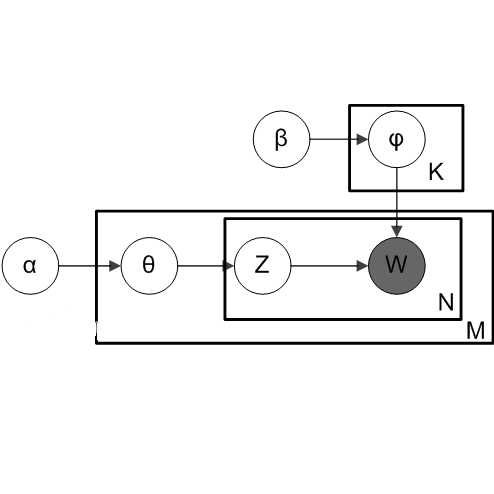Linear discriminant analysis (LDA) is a widely used algorithm in machine learning to extract a low-dimensional representation of high-dimensional data, it features to find the orthogonal discriminant projection subspace by using the Fisher discriminant criterion. However, the traditional Euclidean-based methods for solving LDA are easily convergent to spurious local minima and hardly obtain an optimal solution. To address such a problem, in this paper, we propose a novel algorithm namely Riemannian-based discriminant analysis (RDA) for subspace learning. In order to obtain an explicit solution, we transform the traditional Euclidean-based methods to the Riemannian manifold space and use the trust-region method to learn the discriminant projection subspace. We compare the proposed algorithm to existing variants of LDA, as well as the unsupervised tensor decomposition methods on image classification tasks. The numerical results suggest that RDA achieves state-of-the-art performance in classification accuracy.
翻译:线性磁共振分析(LDA)是一种在机器学习中广泛使用的算法,用于提取高维数据的低维表示法,它具有通过使用Fisher Discriminant标准找到正方形共振投射子空间的特征,然而,传统的以Euclidean为基础的解决LDA的方法很容易与虚假的当地微型模型相融合,很难找到最佳解决办法。为了解决这一问题,我们在本文件中提出了一种新颖的算法,即Riemannian基共振分析(RDA),用于次空间学习。为了获得明确的解决办法,我们将传统的Euclidean基方法转换为Riemannian多维空间,并使用信任区方法学习Disriminant投射子空间。我们比较了拟议的算法与LDA的现有变量,以及图像分类任务上未受监督的dor decomposi 方法。数字结果表明,RDA在分类准确性方面达到了最先进的性能。



